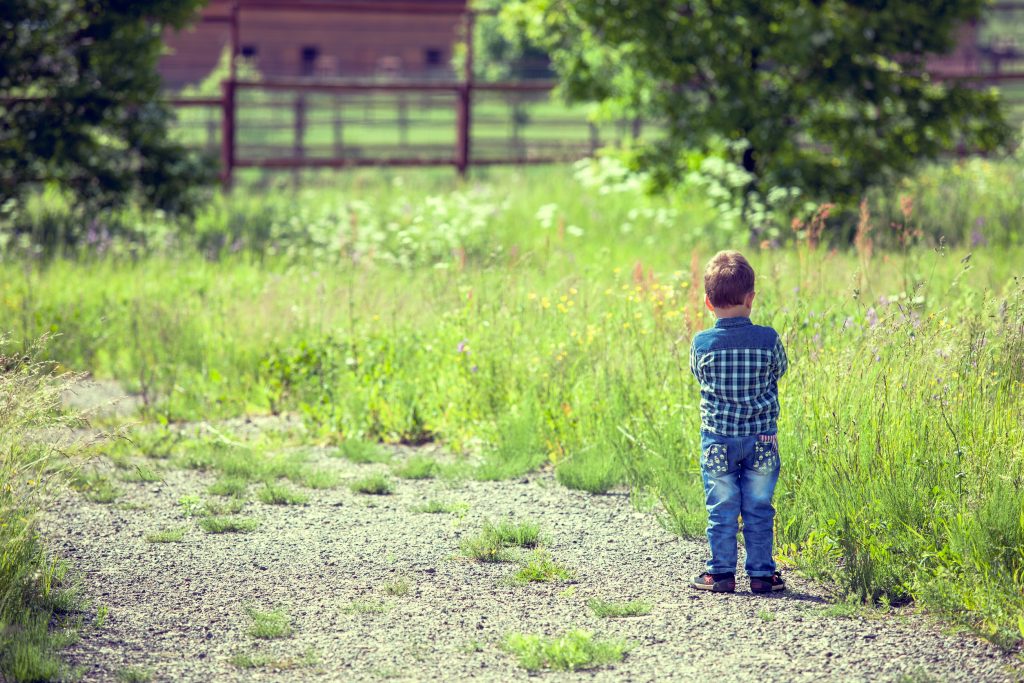
Within minutes of a child’s birth, proud parents can beam photos to the world with a tap. By age five, the average kid has over 1,000 images online—none of which they posted themselves. Welcome to sharenting, the phenomenon of parents chronicling children’s lives on social platforms.
While sharing milestones connects far‑flung relatives and preserves memories, critics warn it also chips away at privacy, invites exploitation, and constructs digital identities kids may later resent. Let’s unpack the debate so caregivers can post smarter, not louder.
The Joy—And Business—Of Sharing
For many parents, social media functions as a modern baby book. Grandparents comment heart emojis, friends compare tips, and the algorithm delivers dopamine with every like. A smaller but influential subset—family influencers—monetize this content.
Sponsored diaper ads or YouTube toy reviews can fund college savings. Yet when a giggling toddler produces paycheck‑level clicks, lines blur between documentation and labor. In the U.S., child‑labor laws lag behind, leaving “kidfluencers” with few financial protections.
Legal And Ethical Gray Zones
Under the Children’s Online Privacy Protection Act (COPPA), platforms must secure parental consent before collecting data on users under 13. Ironically, the parents themselves often upload location tags, health disclosures, and daily routines, handing over data voluntarily.
European “right‑to‑be‑forgotten” laws offer stronger removal mechanisms, but enforcement is patchy. Ethics professors argue parents act as “data fiduciaries” and must balance a child’s future autonomy against present social gratification.
Real‑World Safety Risks
Posting first‑day‑of‑school photos with visible badges or geotags can map a child’s daily path. Cybercriminals scrape birthdates and middle names for identity theft. Worse, innocent bath‑time images can be downloaded and recirculated on child‑exploitation forums. While these outcomes are rare, cybersecurity experts caution that parents often underestimate strangers’ access.
Real‑World Safety Risks
Oversharing doesn’t just raise theoretical privacy concerns—it can translate into very concrete dangers:
- Digital Breadcrumbs That Reveal Daily Routines: A single first‑day‑of‑school photo may show a child’s name on a backpack, the school crest on a polo shirt, and a geotag that pinpoints the campus. Add a soccer‑practice Reel, a birthday‑party Facebook check‑in, and a bedtime‑story TikTok, and a determined stranger can piece together a child’s full weekly timetable—when they’re dropped off, which entrance they use, and even who usually picks them up. Law‑enforcement officers warn that this “pattern‑of‑life” data is exactly what predators or would‑be abductors mine when they trawl social platforms.
- Identity‑Theft Starter Kits: Kids have pristine credit histories, making them prime targets for fraud. Scammers scrape birth announcements, “monthly‑milestone” posts that include full names and dates of birth, and proud‑parent tax‑refund tweets to build dossiers. With only a name, birth date, and address—details many parents post publicly—a cybercriminal can open credit lines that remain undetected until the child applies for a student loan years later.
- Image Misappropriation in Exploitative Forums: Seemingly harmless photos—toddlers in swimsuits at the beach, toddlers in the tub—are routinely harvested, altered, and redistributed on child‑pornography sites. Facial‑recognition tools and reverse‑image search make it easy for bad actors to trace those pictures back to the parents’ profiles, exposing family addresses and friend networks.
- Deepfake and AI Manipulation: Emerging threats include AI‑generated deepfakes that splice a shared child’s face onto explicit or violent content. Because these synthetic images look convincing, they can be used for sextortion schemes or bullying. Cybersecurity analysts note that parents posting high‑resolution headshots inadvertently supply the training data criminals need for lifelike forgeries.
While the probability of each risk is statistically low, experts emphasize that the impact can be devastating. A “privacy‑first” approach—blurring school logos, disabling geotags, and limiting audience settings—dramatically lowers exposure without forcing parents to stop sharing altogether.

Tips For Safer Sharenting
- Blur personal details. Use stickers over school logos and house numbers.
- Curate your audience. Private accounts or close‑friends lists limit reach.
- Ask consent when possible. Children as young as six can voice preferences; honoring them fosters respect.
- Check platform policies. Instagram allows you to disable resharing of your stories; TikTok offers family‑pairing tools.
- Model digital humility. Share successes and struggles sparingly to avoid framing kids as content characters.
A balanced approach still celebrates childhood joys but reserves intimate moments for offline memory boxes.
A Future Of Digital Empowerment
As Gen Alpha grows, the children of sharenting will eventually confront their curated selves. By adopting consent‑based habits today—asking “May I post this?”—families teach digital citizenship.
The controversy isn’t a mandate to delete every feed; it’s an invitation to weigh each upload against its lifetime footprint. Posts fade from timelines, but screenshots last forever. If we share with empathy now, our kids will thank us later—online or off.
What are your thoughts on sharing your kids online? Let us know in the comments!
Read More
- Should Parents Have to Pass a Test Before Having Kids?
- Should People Be Fined for Having Too Many Kids?

Samantha Warren is a holistic marketing strategist with 8+ years of experience partnering with startups, Fortune 500 companies, and everything in between. With an entrepreneurial mindset, she excels at shaping brand narratives through data-driven, creative content. When she’s not working, Samantha loves to travel and draws inspiration from her trips to Thailand, Spain, Costa Rica, and beyond.


























